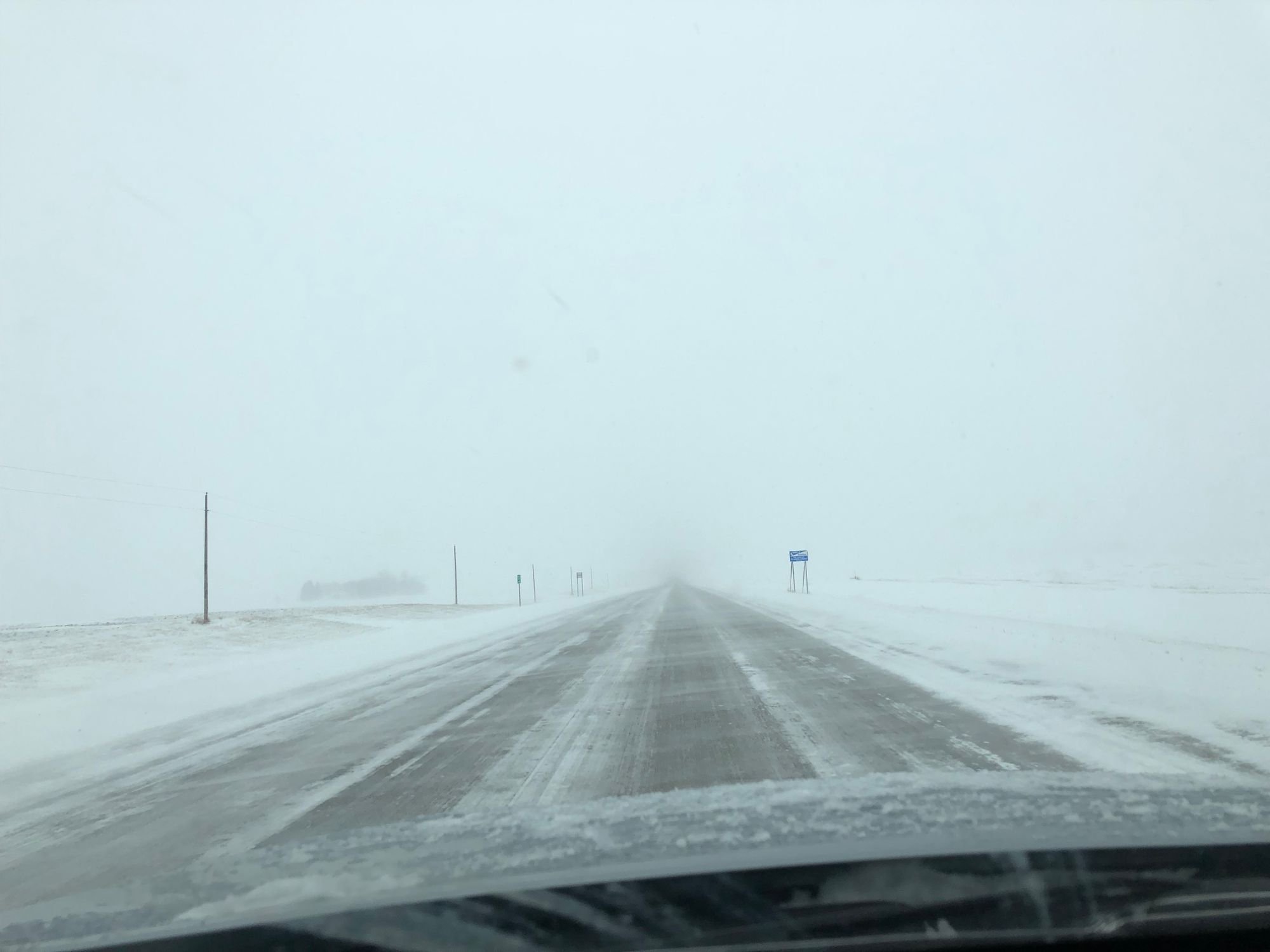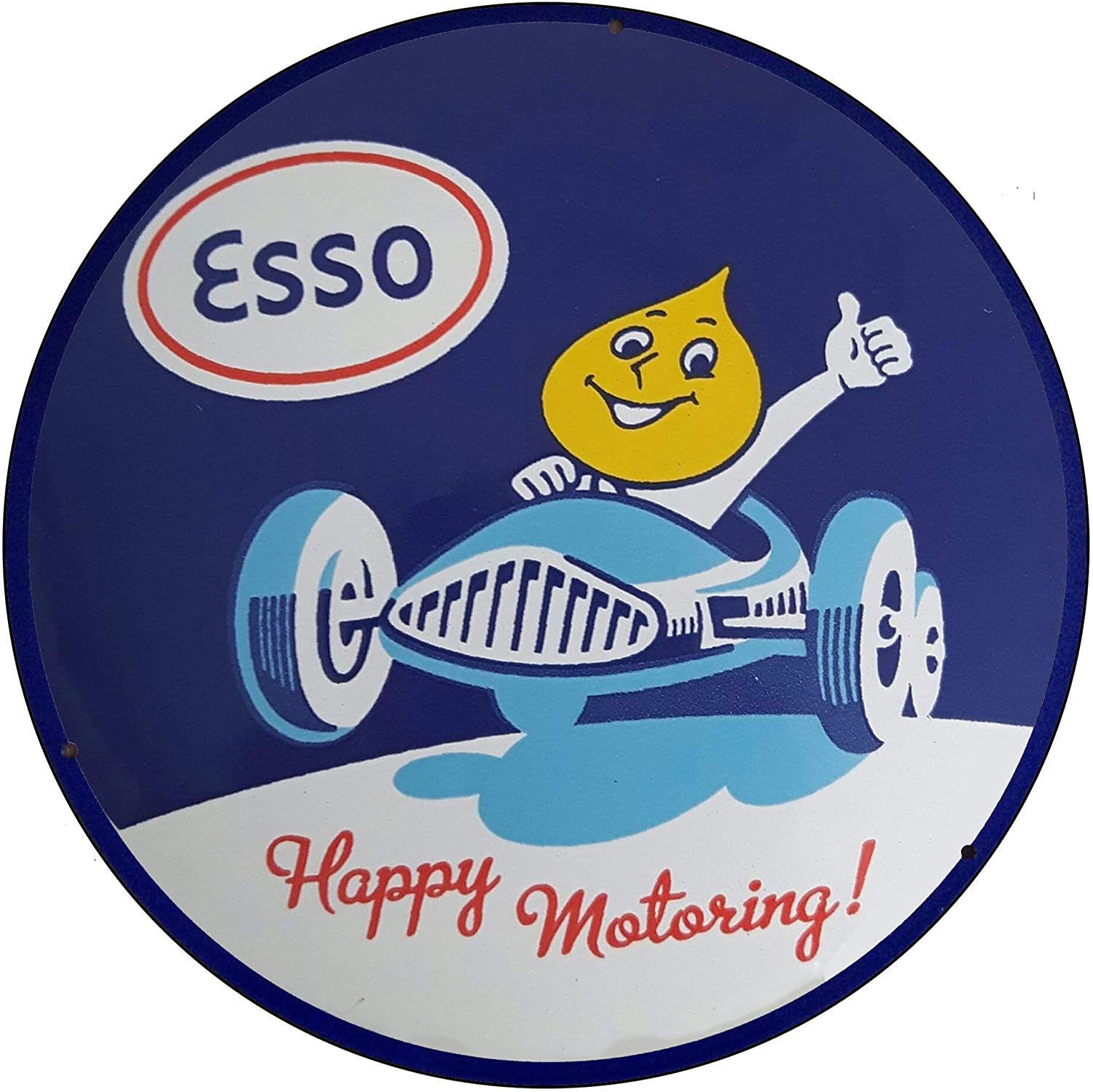Winter Road Travel Survival Kit
Winter's back and if you plan to travel through rural areas in snow or sleet, you need a survival kit in case you get stranded. This article tells you what to pack.

Introduction to surviving winter driving
This article is about taking the proper precautions before you head out on the road during wintery weather. It won't offer any driving tips like don't jam on the brakes (those new-fangled ABS systems do it much better), steer in the direction of the slide, maintain proper distances and adapt your speed of travel to the road conditions. Oh, and no sudden moves.
Nope, this is about putting together a survival kit to keep you comfortable (ish) and safe should you find yourself stranded in winter conditions out in the boondocks. If you are in town, call AAA.
Stay safe
There are a few simple rules to follow should you ever become stranded in a snowstorm or during cold weather.
- Stay with your vehicle.
- If landmarks, road signs or mileage markers are visible, call in your location. With GPS, landmarks may not even be necessary, but look for them anyway.
- If you must leave your vehicle in poor visibility conditions to answer a call of Nature or check/clear your exhausts, tether yourself to your car with a rope.
- Before running your engine, make sure your exhausts are not covered by snow to avoid CO poisoning.
- Run the engine occasionally to create warmth.
- When the vehicle is running, plug in your keep your cell phone to keep it charged.
Why are these things important?
Staying with your vehicle eliminates the chance of becoming lost in the blizzard and freezing to death. Yes, there are horror stories about cars becoming buried by snowplows in heavy snows or being cut in half by one. Many more people die from freezing than snowplow incidents.
Calling in your location pinpoints where you are and alerts people to your situation. If you have an integrated service like Onstar, use it. Have roadside assistance by AAA or your car maker, call the number. Call family. Call 911. There, that about covers it.
Tethering yourself to your car ensures you can find your way back. In a blizzard, you can immediately become disoriented and lose your way, even if you are mere feet from your vehicle. A blizzard can be like finding yourself inside a ping pong ball. Everything looks the same! Tie it around your steering wheel and your waist.
Nature is calling and I don't have a rope! Open the door and crouch behind it to fulfill Mother Nature's demands. Or hold it. Or...hopefully, no one is sitting in the back.
If snow and ice block your tailpipes, you can succumb to carbon monoxide poisoning. The heat from the exhaust isn't enough to melt the snow or ice away. Keep them clear before firing up the engine.
But I don't have a rope! Crack your windows if you have to run the engine. Or, try to stay warm with your emergency blanket. You did pack one, right?
I don't have anything to dig with! See above.
I never shut off the engine after getting stuck. You still need to check and clear as the wind can drift snow and cover the exhaust.
Plug your phone in when the vehicle is running. This will help maintain a charge for communication and entertainment.
Winter road survival kit contents
Okay, here's the situation. You have run into a blizzard and are stranded. You know what you should do regarding staying safe unless you skipped ahead. In that case, be sure to read the preceding section before continuing. Go back and do it now; I'll wait. Ready? Excellent, let's continue.
To maximize your chances of coming through unscathed, you need to carry a winter road survival kit.
Contents to always keep in your vehicle
Before getting into the kit details, let's cover a common question, or remark if you prefer. Here goes, I often hear asked if the kit must be in the vehicle all winter long. Can't I just toss it in before hitting the road? The answers in order are "Yes, the kit must always be in your vehicle." and "No."
But why? Because a kit at home is useless if you need it on the road. My recommendations for kit contents are compact, easy-to-carry gear that takes up little space.
Why not keep it near the vehicle and throw it in before leaving? Because you may not always leave on the trip from home and swinging by to collect it may not be feasible.
Fancy a pithy saying to settle the debate?
I recall seeing a billboard on the Interstate running through St. Louis way back when I was just a sprout. We were heading West on a family vacation and needed some repairs on the camper, hence the detour to St. Louis.
Anyway, this billboard was gigantic, and it said, "Tis better to have and not need than to need and not have." Guess what was being sold - burial plots! The same can be said in this situation. Let's lay this discussion to rest (pun intended).
Here's the loadout for your kit
Emergency blanket. I favor the famous "space blanket" for its compact size, heat-reflecting qualities and the fact it was designed for astronauts! They can be, however, noisy and crinkle with every move. If you like your blizzarding quiet except for the howling wind and pelting snow, a sturdy wool blanket or even a sleeping bag will do the job.
Shovel for exhaust pipe clearing. For this, I carry an army surplus entrenching tool I purchased for a song in a Duluth, MN surplus store. These tools are affordable and rugged. Plus they fold up into a compact form factor, unlike regular snow shovels. This example from The Sportsman's Guide is about as compact as you can get.

Tip: If you have an honest-to-gosh army-navy surplus store in your area, check them too as prices might be lower. You might also score a surplus wool blanket there too!
Rope. The best thing here is paracord. You can get about 5 miles for $1.17 (not really, but it doesn't cost much - $10 for 50') and can support significant weight. Like my other choices, it takes up next to no space. The preceding link is to the product I use.

Charge cord and adapter for your phone if you don't keep one in the vehicle.
LED flashlight. Compact tactical models are the best choice, IMHO. They are incredibly bright and have great battery life. Some can be recharged via a USB cable. With one of these, you can keep it charged like your phone.
A pocket knife or multi-tool. Handy if you need to cut the paracord, open a bottle, etc. A multi-tool is my preference because it does more than a plain pocket knife. I carry a Gerber, but if your want the original, Leatherman is the way to go.
A Swiss Army Knife is also a good choice. Otherwise, a reliable pocket knife is a must.

Tip: Do not go with any cutting implement much less than 4" closed. Tiny knives are nifty little dudes; I have a bunch. But when your hands are cold, a larger knife is easier to use.
Nutrition bars are the modern-day equivalent to pemmican. Long shelf life, energy-rich and tasty; they can help curb hunger pangs and provide calories to burn for body heat.
Tip: At the end of the winter season, take them out of the kit and eat them. Just be sure to replenish your stock when you update your survival kit for next season.
A soft-sided, durable bag to keep it all together. NutSac makes some excellent products, and it's just fun to say.
Goal: Fit all the contents into as small a bag as possible except for the shovel and liquids. The DoppSac from NutSac below is a good candidate for this challenge with dimensions 10.25 x 5 x 3.5 (inches).

Tip: Keep the kit in the passenger compartment unless you can access the trunk or cargo area from inside the vehicle. Otherwise, it might as well be home if the blizzard is raging.
Contents to add before you leave
Water or sports drinks. You will want to stay hydrated, so take something to drink. If you become stuck, keep them close to you, so they don't freeze. Slushies are a favorite of mine but only in warmer temps.
How about a flask of my favorite adult libation?
This isn't a good idea at all. Most alcohol has deleterious effects in cold weather. In main, it dilates the body's blood vessels and reduces shivering. The blood vessel effect makes it difficult for blood to circulate fully and shivering is one way the body stays warm. Check more details here.
Spoiler alert, the site with the info about alcohol's effects in cold weather appears to be a drug and alcohol rehab site. However, their info is great so I decided to use it!
That's a wrap for this article
You should have a winter weather road trip survival kit in your vehicle at all times during the winter months. If you never travel outside urbanized areas, you can get by without one. However, the contents are cool and can serve other purposes. Just be sure to replenish and replace them in your kit. As the old Esso slogan said, "Happy Motoring."

